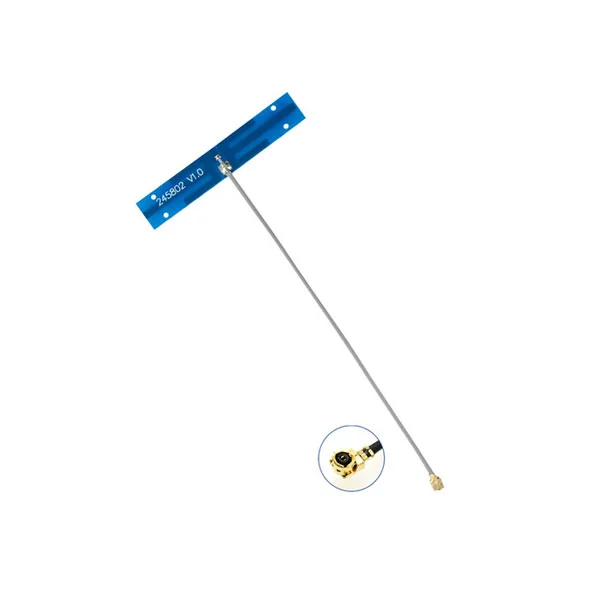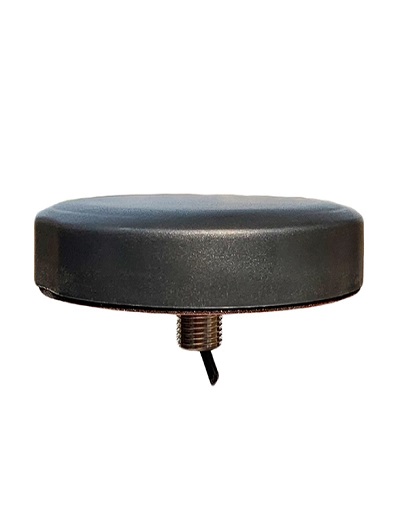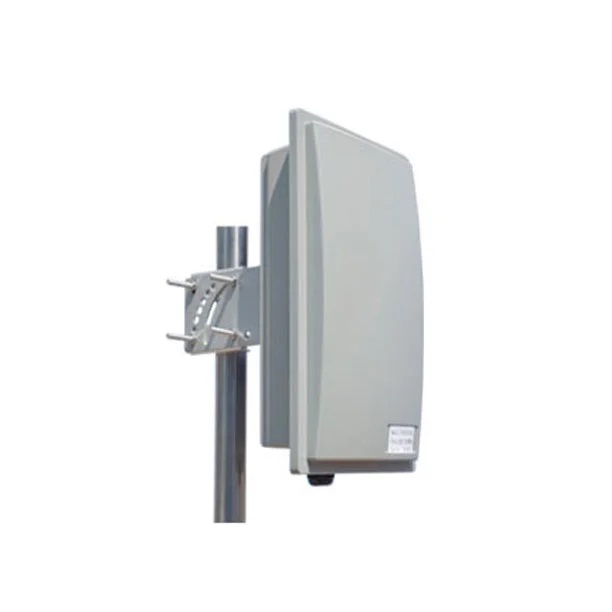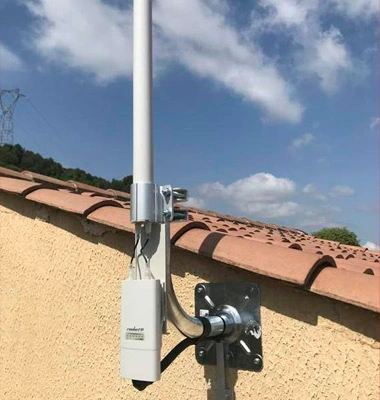In the rapidly evolving landscape of wireless communication, antennas are pivotal for enhancing network performance and capacity. Two prominent types of antennas in this domain are MIMO (Multiple Input Multiple Output) grid antennas and LTE (Long-Term Evolution) sector antennas. Each serves distinct purposes, possesses unique technical specifications, and finds applications in various settings. This article will delve into the technical details, applications, and performance comparisons of MIMO grid antennas and LTE sector antennas, providing a clear understanding of their strengths and weaknesses.
MIMO Grid Antenna
MIMO grid antennas are designed to utilize multiple antennas for both transmission and reception, significantly enhancing data throughput and reliability. Typically composed of multiple elements arranged in a grid-like structure, these antennas operate by sending and receiving multiple data streams simultaneously. This spatial diversity allows for improved signal quality and increased capacity, which is crucial for modern wireless networks, especially in dense urban environments.
Frequency Range: MIMO grid antennas can operate across various frequency bands, typically in the range of 700 MHz to 2.7 GHz, depending on the specific application.
Gain: The gain of MIMO grid antennas usually varies between 10 dBi and 20 dBi, depending on the number of elements and the design.
Polarization: MIMO antennas can support both vertical and horizontal polarization, enhancing their versatility in various deployments.
Applications: MIMO technology is widely used in 4G and 5G networks, where high data rates and robust connectivity are essential.
LTE Sector Antenna
LTE sector antennas, on the other hand, are specifically designed for cellular networks, providing coverage to designated sectors of an area. These antennas are often mounted on cell towers and are crucial for delivering LTE signals to mobile devices. LTE sector antennas are characterized by their directional capabilities, focusing the signal in a specific sector to optimize coverage and reduce interference.
Frequency Range: LTE sector antenna typically operate within the 700 MHz to 2.7 GHz range, aligning with LTE frequency bands.
Gain: The gain of LTE sector antennas generally ranges from 12 dBi to 20 dBi, depending on the design and the sector angle.
Sector Coverage: These antennas are designed to cover specific angles, often 60°, 90°, or 120°, depending on the required coverage area.
Applications: LTE sector antennas are primarily used in base stations to provide mobile broadband services to users in a given sector.
Application Scenarios
Applications of MIMO Grid Antennas
MIMO grid antennas excel in environments where high data throughput and reliable connections are paramount. Their ability to transmit and receive multiple signals simultaneously makes them ideal for:
Urban Areas: Dense urban environments benefit from MIMO technology due to the high number of users and the potential for interference. MIMO grid antennas can help manage this by improving signal quality and capacity.
High-Speed Rail and Public Transport: In scenarios where users are moving quickly, such as trains or buses, MIMO antennas maintain stable connections and high data rates.
Enterprise Wi-Fi: Businesses deploying Wi-Fi networks can leverage MIMO grid antennas to enhance user experience, particularly in crowded environments.
Applications of LTE Sector Antennas
LTE sector antennas are primarily utilized in cellular networks, focusing on providing robust mobile connectivity. Key application areas include:
Base Stations: Sector antennas are installed at cellular towers, where they serve specific sectors to optimize coverage and performance.
Rural and Suburban Areas: In these settings, LTE sector antennas ensure that users have access to mobile broadband services, filling coverage gaps.
Event Venues: Temporary setups for events often deploy LTE sector antennas to accommodate large crowds, ensuring reliable connectivity.
Performance Comparison
Signal Quality and Capacity
One of the significant advantages of MIMO grid antennas is their ability to enhance signal quality and capacity through spatial multiplexing. This technology allows for the simultaneous transmission of multiple data streams, leading to higher overall throughput. In contrast, LTE sector antennas focus on directing signals to specific areas, which can optimize coverage but may not match the throughput capabilities of MIMO technology.
Interference Management
MIMO grid antennas are designed to mitigate interference by leveraging multiple paths for data transmission. The diversity provided by multiple antennas allows for more robust signal reception, reducing the impact of fading and interference. On the other hand, LTE sector antennas also incorporate techniques to minimize interference, such as beamforming, but their performance may be limited in highly congested environments.
Deployment and Cost Considerations
When considering deployment, MIMO grid antennas may require more complex installation and configuration due to their multiple elements. However, they often result in lower long-term costs due to improved performance and reduced infrastructure needs. Conversely, LTE sector antennas are generally simpler to install and configure, making them attractive for quick deployment in various scenarios, albeit sometimes at the expense of long-term performance.
Scalability and Future-Proofing
MIMO technology is seen as a future-proof solution, particularly with the ongoing rollout of 5G networks. The ability to support multiple users and devices simultaneously positions MIMO grid antennas as a vital component of next-generation networks. LTE sector antennas, while effective for current LTE networks, may require upgrades to remain competitive as demand for higher data rates and more robust connectivity grows.
Conclusion
In conclusion, both MIMO grid antenna and LTE sector antennas play crucial roles in the wireless communication landscape, each with distinct advantages and applications. MIMO grid antennas excel in environments demanding high throughput and reliability, while LTE sector antennas are essential for providing targeted coverage in cellular networks.
Choosing between these two antenna types depends on specific requirements, including the intended application, environmental conditions, and performance goals. By understanding the unique characteristics of MIMO grid antennas and LTE sector antennas, network designers and operators can make informed decisions to enhance their wireless communication systems, ensuring optimal performance for users in an ever-evolving digital world.
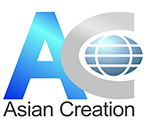
 English
English
